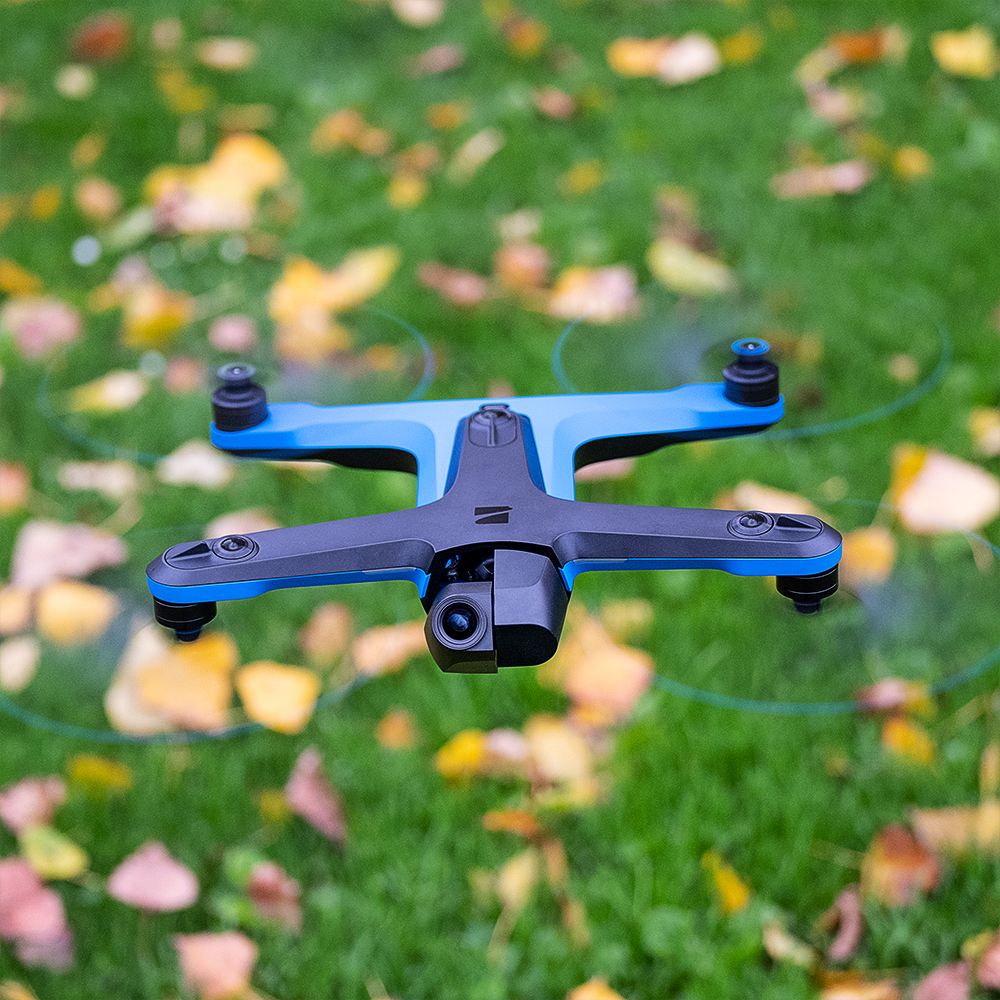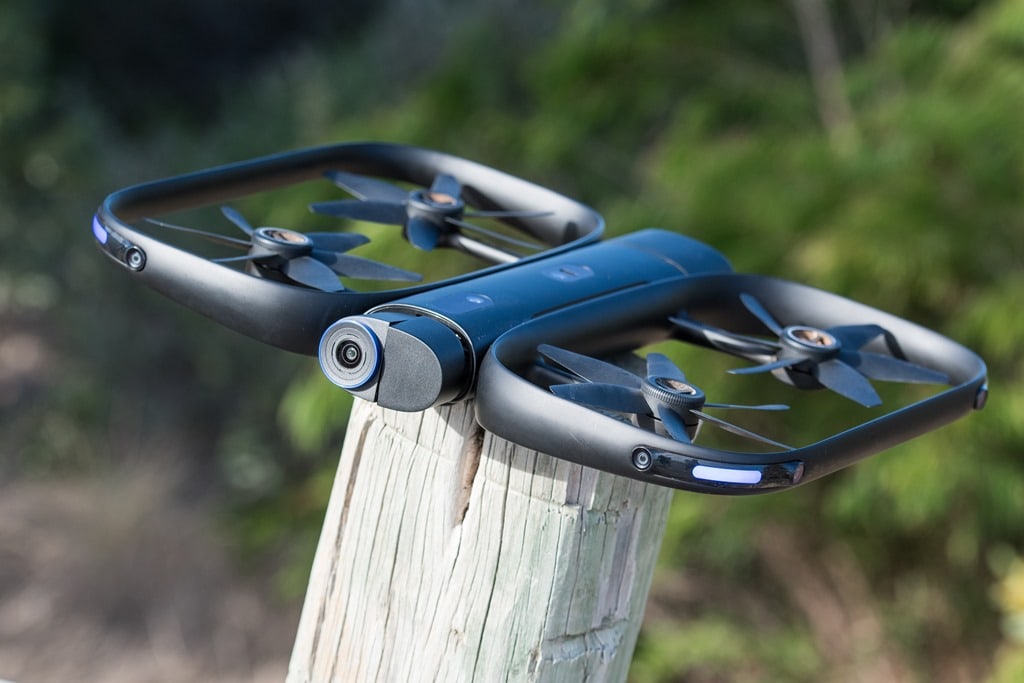

As a result, reliable omnidirectional collision avoidance is critical. To be successful in the utility environment, drones must be able to avoid wires, poles, vegiation, and many other obstacles. Having a drone that is able to fly in an energized environment is necessary, but only half of the equation. The X2 oeprates as it usually would with no differance in operation due to the chnages in the environmental condition. A drone and its onboard sensors must be able to withstand those fields and operate in GPS-denied conditions EPRI tested Skydio drones in these energized environments and found that, in fact, Skydio drones can handle and are well suited to operate in electrified environments, even in close proximity.īelow you will see a Skydio X2 drone flying in a high voltage electric field with a 230,000 Volt source right below it. Flying in Energized and Electromagnetic EnvironmentsĮnergized electric utility and transmission environments are usually accompanied by high voltage electric fields and strong electromagnetic fields induced by current flowing that can interfere with electronics and GPS signals. Automation with drones provide safe, fast, low-cost, and high quality inspections which is key to having reliable electricity. Drones are a great tool to inspect these distribution structures because these inspections are expensive and hazardous for manned inspection. Recurring visual inspections are necessary to assess the health of distribution system components.
:no_upscale()/cdn.vox-cdn.com/uploads/chorus_asset/file/19249707/vpavic_190930_3698_0017.jpg)
Blackouts can cause millions of dollars in economic loss as well as endanger the health and safety of communities. Weather conditions, vegetation and wildlife can degrade the integrity of that support structure or create hazardous conditions that may lead to fires and blackouts.

The maintenance task is immense and very challenging. The assets used to supply electricity to people are often placed in some of the harshest environments in the world. An analogy to think about this is transmission networks are the arteries and the distribution networks are the veins of the electrical network. The main difference between transmission and distribution is the amount of energy these different networks move. Distribution networks are smaller in structure and are used to get electricity from the main transmission hubs to individual homes or businesses. Transmission networks move large amounts of electricity and use larger structures to support the electric lines. When looking at the landscape of electric utility inspections, many of the most critical inspections focus on distribution and transmission networks. The Distribution and Transmission Electrical Network After rigorous field testing, EPRI confirmed that our drones worked as expected with no electric or magnetic field impact to the aircraft’s flight behavior, collision avoidance systems or command and control systems. A drone and its onboard sensors must be able to withstand those fields, which is why Skydio partnered with EPRI (Electric Power Research Institute) - the world’s preeminent independent, non-profit energy research and development organization, with offices around the world - to test Skydio’s drones in these energized environments. Skydio drones require far less training because of unmatched obstacle avoidance and fully autonomous missions which provide robotic precision data capture of complex structures.Įlectric utility environments are usually accompanied by high voltage electric fields and strong electromagnetic fields induced by current flowing. Skydio autonomous drones can accomplish better inspections with smaller cameras simply by being able to fly closer to the subject, reducing the requirement to carry and risk expensive camera payloads.
#SKYDIO DRONE MANUAL#
Last-generation manual drones are challenging to fly and cannot be flown up close to utility structures without introducing high crash risk, so manufacturers have raced to add larger, and more expensive, camera payloads to photograph infrastructure from a distance. However, not all drones are created equal. Deploying drones for inspection use cases can help the inspector generate fully comprehensive inspection datasets, while their operators remain safely on the ground. In some cases, safety requires so much of the inspector’s attention that the data quality of the inspection suffers. Inspectors must often fly low over power plants, transmission towers, and distribution poles by helicopter, or climb to high altitudes in high-voltage environments. Utility inspections are absolutely critical for ensuring uptime and safety of our power grid, but these inspections often pose serious safety risks to the inspector.


 0 kommentar(er)
0 kommentar(er)
